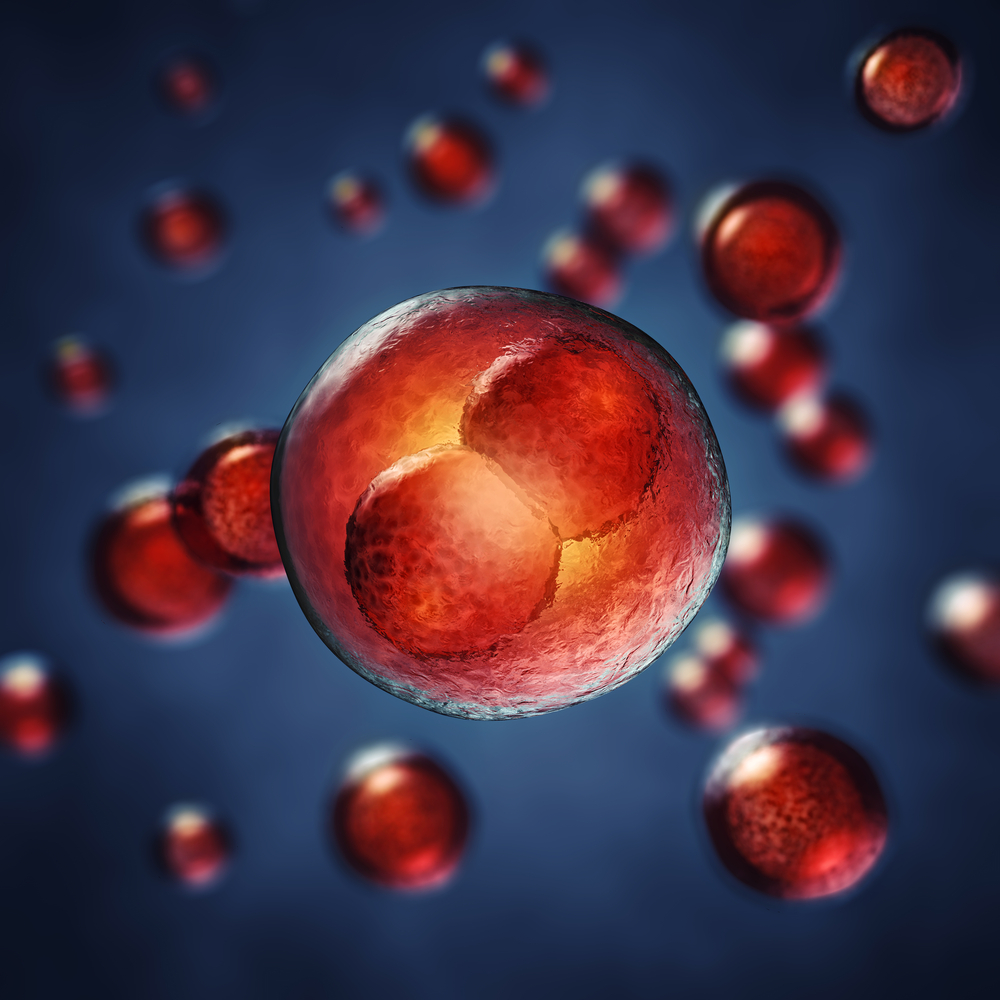Hemophilia A Patients May See Promising Future Therapy in Embryonic Stem Cell Transplant

Transplants of embryonic stem (ES) cells that secrete the human factor VIII (FVIII) may be a promising therapeutic approach for patients with hemophilia A, according to an animal study conducted by researchers at the Nara Medical University School of Medicine in Japan.
The study, “Therapeutic approaches for treating hemophilia A using embryonic stem cells,” published in Hematology/Oncology and Stem Cell Therapy, shows that mice transplanted with these embryonic stem cells have therapeutic levels of human FVIII.
Patients with hemophilia A are commonly treated with FVIII replacement therapies that counteract the FVIII deficiency. Usually, patients receive plasma-derived or recombinantly-produced FVIII products. Although advances have been made to prevent the risk of infections that came from the use of recombinant FVIII products, these concentrates are very expensive and require frequent injections to replenish FVIII, especially in severe hemophilia A patients.
Also, although the disease is a good candidate for gene therapy, the FVIII gene is too large to be delivered through viral vectors, and smaller FVIII variants have failed to provide a successful gene therapy.
Because the liver is the major site of FVIII synthesis, liver transplantation is effective in hemophilia A patients, but the lack of donor organs is a major problem with organ transplant as a therapeutic approach. However, the main producers of FVIII in the liver are the sinusoidal endothelial cells, suggesting that using cells capable of differentiating into these endothelial cells should be investigated.
In this study, researchers sought to examine whether ES cells, which have an unlimited proliferation potential and can differentiate into several cell types, including liver sinusoidal endothelial cells, could improve hemophilia A.
They developed genetically modified embryonic stem cells, which expressed the FVIII gene upon doxycycline administration, and injected them into the spleens of immunocompromised mice, carbon tetrachloride (CCl4)-pretreated wild-type mice, and CCl4-pre-treated hemophilia mice. CCl4 treatment is meant to induce liver injury to increase the amount of transplanted cells that are incorporated in the liver.
One week after the stem cell transplant, investigators added doxycycline to the mice’s drinking water, which was found to increase the levels of human FVIII.
Injecting the ES cells into immunocompromised mice led to the development of teratomas in the spleen, which are tumors composed of multiple cell types. However, these teratomas were not found in wild-type mice. In addition, CCl4-induced liver injury facilitated the survival and incorporation of the embryonic stem cells into the liver, resulting in human FVIII production in the plasma.
CCl4 treatment was often lethal to hemophilia A mice. But in those who survived, the researchers found that ES cell transplantation resulted in therapeutic levels of FVIII activity, as well as the human FVIII antigen. The investigators found that the FVIII-secreting embryonic stem cells that went to the liver were mainly in the area close to the portal vein in the liver.
These results suggest that embryonic stem cell transplants may be an effective therapeutic method for treating hemophilia A in the future.






